Going green is not only a mantra but also a practice on the 16-acre campus of ACTS Academy of Higher Education in Bangalore. The success story of using renewable energy for lighting the campus is now paving the way for Australian schools to go green. A theological institute, the ACTS Academy Campus in Rayasandra, situated 15 km from Koramangala, has made use of light emitting diode (LED) lamps, that are powered by a biogas generator installed in the campus.
This generator is primarily fed by kitchen wastes to power these LEDs that are used to light up the college exterior, study spaces and the canteen. Impressed by this model, Don Robertson, technical advisor to ACTS who is also working with Mission Australia, is now planning to replicate it in a school in Oz.
“The institute uses natural energy which helps reduce carbon footprints. The use of biogas, solar and wind together is an important feature of the smart chargers. This has cut power consumption by 80%. We are planning to replicate this project in one school in Australia now, and plan to cover all the schools in the country over the next 12 months. We are currently holding talks with the government in this regard,” Robertson said.
Explaining the contours of the model, RS Hiremath, CEO of Flexitron, an energy saving products manufacturer, who implemented the model in the campus, said that at least 400 kg of kitchen waste from the canteen and nearby hotels are used to generate biogas. The biogas-based electricity generator, with a 7.5KVA installed capacity, generates 15 kilowatt hour (kWh) power.
Earlier, the ACTS institute had installed a biogas generator to use kitchen waste. This gas was primarily used for cooking in the large kitchen.Later a biogas-based electricity generator set was fitted to use some of this gas to generate power. However, the gas was available only in limited quantities and the generator was operated only for a limited duration, which was not useful.
Flexitron then studied the campus and introduced smart chargers to enable the complete use of the power generated. “These smart chargers help charge batteries such that energy can be used for up to three days. The system can ensure a seamless link with solar, wind and grid power. The power consumption in the campus has come down from 10 kilowatt (KW) to 1 KW,” he said. He added that only 500 sq feet area is required for the biogas plant.
“The entire model cost about Rs10 to 12 lakh. The LED lights were designed after a lot of research which helped find the right colour and temperature to mimic sodium vapour lamps for optimal ‘light contrast ratio’, and maximise lumen output. These LEDs have a long operating life, and are among the best available globally today with the best lumen/watt ratio. These custom made LEDs of one to 54 watts are used in a unique electro-luminary combination throughout the campus,” said Hiremath.
He added that the limited time and capacity of the generator output is stored by the smart charger in a sealed lead acid battery to provide lighting for the entire campus through the night, long after the generator is shut down.
Source: DNA – A Bangalore newspaper, forwarded by K. Gnanakan, IEES board
Link to ACTS: http://www.acts.co.in/index.htm

